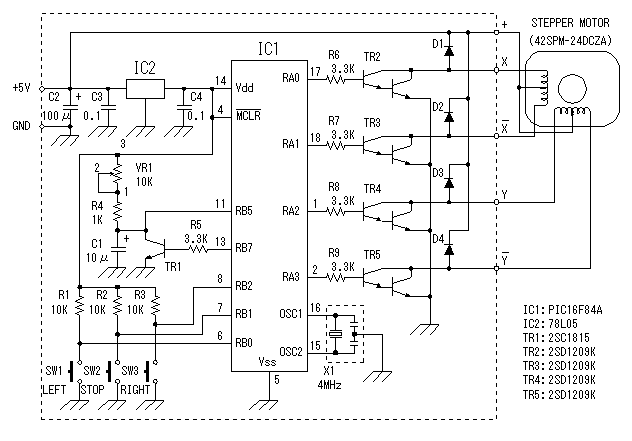

The square wave signals could be reproduced with a mean error value of −0.03 mm, a standard deviation of 0.04 mm and a mean absolute error of 0.13 mm. The comparison of patient curve data showed a mean error value of −0.09 mm with a standard deviation of 0.24 mm and a mean absolute error of 0.29 mm. Results were compared to the original curves with respect to amplitude and phase. The phantom was programmed and evaluated with patient data and with a square wave signal to be tracked with a Sentinel™ (C-Rad, Uppsala, Sweden) motion monitoring system. The phantom can be programmed with both real patient data from an external gating system and with custom signals. A motion phantom based on a stepper motor driver circuit was designed. The aim of this study was to design and build a motion phantom that accurately reproduces the breathing motion of patients to enable end-to-end gating system quality control of various gating systems as well as patient specific quality assurance.

Motion phantoms can be used to simulate patient breathing motion and provide the means to perform quality control (QC) and quality assurance (QA) of gating functionality as well as to assess the dosimetric impact of motion on individual patient treatments. Studies have shown that significant gains in treatment quality can be made by ‘gating’ certain treatments, simultaneously keeping target coverage, and increasing separation to nearby organs at risk (OAR). Recent developments in radiotherapy have focused on the management of patient motion during treatment.


 0 kommentar(er)
0 kommentar(er)
